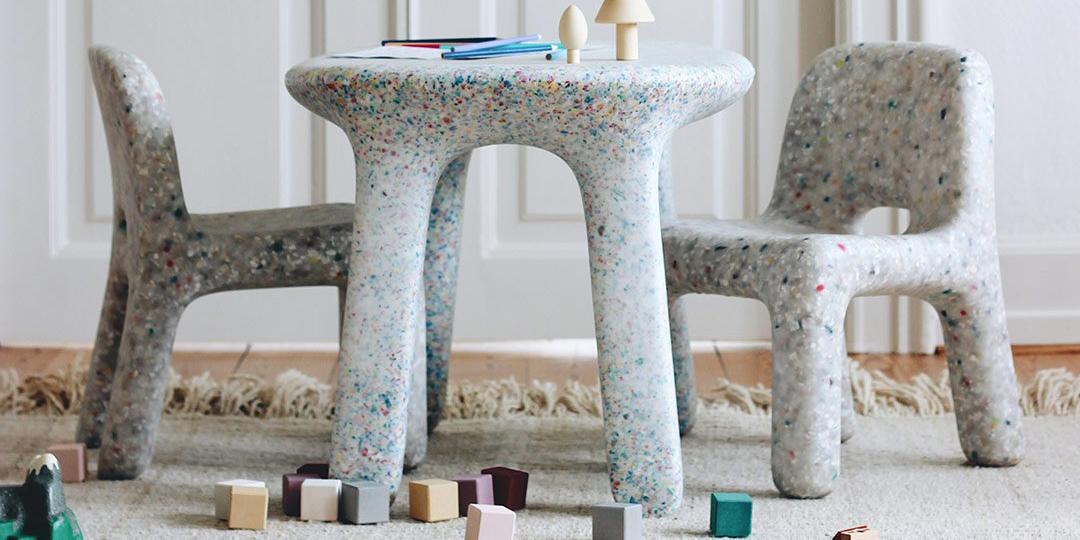In an era marked by environmental concerns and resource scarcity, the concept of upcycling and repurposing has emerged as a transformative force in the field of industrial design. Industrial designers are increasingly embracing the philosophy of sustainability, not only as a response to global environmental challenges but also as an innovative approach to creating products that are both functional and eco-friendly. Upcycling and repurposing, once considered niche practices, are now at the forefront of industrial design, inspiring new ways of thinking about waste, materials, and creativity.
The Essence of Upcycling and Repurposing
At its core, upcycling and repurposing involve taking discarded or unused materials and transforming them into new products or components with higher value and utility. Unlike recycling, which often involves breaking down materials into their base form to create new products, upcycling and repurposing focus on preserving and enhancing the existing characteristics of materials, resulting in a more sustainable and aesthetically appealing outcome.
The Industrial Designer’s Role
Industrial designers play a pivotal role in the upcycling and repurposing movement. They are the creative minds behind the innovative products and designs that breathe new life into discarded materials. Here are some key aspects of their involvement:
Material Selection: Industrial designers must have a deep understanding of materials, their properties, and their potential for reuse. This knowledge allows them to select the right materials for upcycling projects, ensuring that the final products are both functional and visually appealing.
Design Thinking: Designers approach upcycling and repurposing with a unique mindset. They see potential in what others might discard and find creative ways to transform these materials into something valuable. This involves thinking outside the box and reimagining the possibilities of everyday objects.
Sustainability: Sustainability is at the heart of upcycling and repurposing. Designers prioritize using materials that would otherwise end up in landfills or incinerators, reducing the environmental impact of production. This commitment to sustainability aligns with the broader goals of reducing waste and conserving resources.
Examples of Upcycling and Repurposing in Industrial Design
Furniture and Home Decor: Old wooden pallets, discarded industrial machinery, and even shipping containers have found new life as unique and stylish furniture pieces. Designers are using these materials to create tables, chairs, and home decor items that combine functionality with a rustic, eco-friendly aesthetic.
Fashion and Accessories: The fashion industry has also embraced upcycling. Designers are repurposing vintage clothing, discarded textiles, and even used plastic bottles to create sustainable and fashionable garments and accessories. This approach not only reduces textile waste but also promotes ethical fashion practices.

Lighting: Industrial designers are transforming salvaged materials like bicycle parts, old pipes, and vintage glass into stunning lighting fixtures. These upcycled lighting designs not only provide ambient illumination but also serve as unique conversation pieces that tell a story of sustainability.
Architecture and Building: In architecture, repurposing materials from old buildings or industrial sites is gaining traction. Salvaged wood, reclaimed bricks, and decommissioned shipping containers are being used to construct eco-friendly homes and commercial buildings. This not only reduces construction waste but also adds character to the structures.
Benefits of Upcycling and Repurposing in Industrial Design
The growing popularity of upcycling and repurposing in industrial design is not merely a trend; it offers numerous tangible benefits:
Resource Conservation: By reusing existing materials, upcycling and repurposing reduce the demand for new resources, helping to preserve natural habitats and ecosystems.
Waste Reduction: These practices divert materials from landfills, reducing the environmental impact of waste disposal and minimizing the need for incineration.
Energy Savings: Repurposing materials typically requires less energy than manufacturing new ones, leading to lower carbon emissions and reduced energy consumption.
Economic Opportunities: Upcycling and repurposing can create jobs and stimulate local economies by supporting artisans, craftsmen, and small businesses specializing in sustainable design.
Education and Awareness: These practices raise awareness about the environmental impact of consumerism and encourage individuals to rethink their consumption patterns.

Challenges and Considerations
While upcycling and repurposing offer numerous benefits, they are not without challenges:
Material Sourcing: Finding suitable materials for upcycling projects can be challenging, especially for designers looking to scale their production. Sourcing materials sustainably and consistently is an ongoing concern.
Design Constraints: Designers may face limitations when working with salvaged materials, such as irregular shapes, sizes, or conditions. Adapting to these constraints while maintaining functionality and aesthetics requires creativity and skill.
Consumer Perception: Some consumers may still associate upcycled products with lower quality or inferior craftsmanship. Educating consumers about the value and sustainability of these products is crucial.
Upcycling and repurposing have emerged as powerful tools in the arsenal of industrial designers committed to sustainable practices. These creative approaches not only reduce waste and conserve resources but also inspire innovation and change consumer perceptions. As the world grapples with environmental challenges, the role of industrial designers in the upcycling and repurposing movement is more critical than ever. Through their ingenuity and dedication, they are shaping a future where sustainability and design seamlessly coexist, proving that waste can indeed be a valuable resource when viewed through the lens of creativity and responsibility.
For more blogs related to design: https://www.dotsod.in/blog/
Follow DOT School of Design on Facebook, Instagram, LinkedIn, Medium and YouTube

